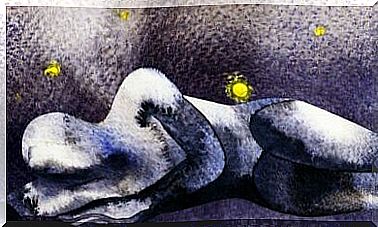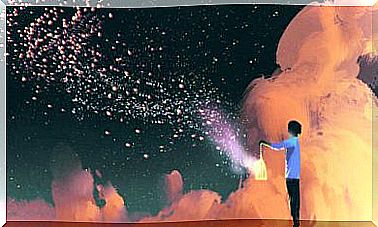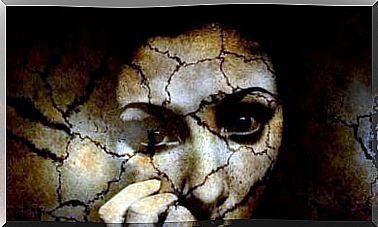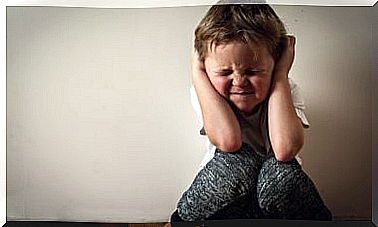Akathisia: I Can’t Sit Still

Nervousness. Inability to stay still for a long time. Intense need to always be on the go. Malaise and a feeling of vertigo … Akathisia has nothing to do with restless legs syndrome, it is actually a syndrome caused by the side effect of various very specific (and frequently prescribed) medications.
Many times, we neglect the full magnitude of manifestations that drugs have, those that we are sometimes forced to take. So much so that sometimes we believe we are suffering from a specific ailment, when in reality it is the effect of that pill for anxiety or that drug for cardiovascular problems.
This causes many people to show the most peculiar alterations that are confused with certain diseases. Akathisia is one of them. It is a rather adverse, annoying, and disabling manifestation that is misdiagnosed as restless leg syndrome. However, it would be useless to receive the treatment associated with this neurological disorder.
The problem would still be there. Therefore, it is important to always take into account more factors, more origins that are triggered by that uncontrollable need to move. We analyze it below.
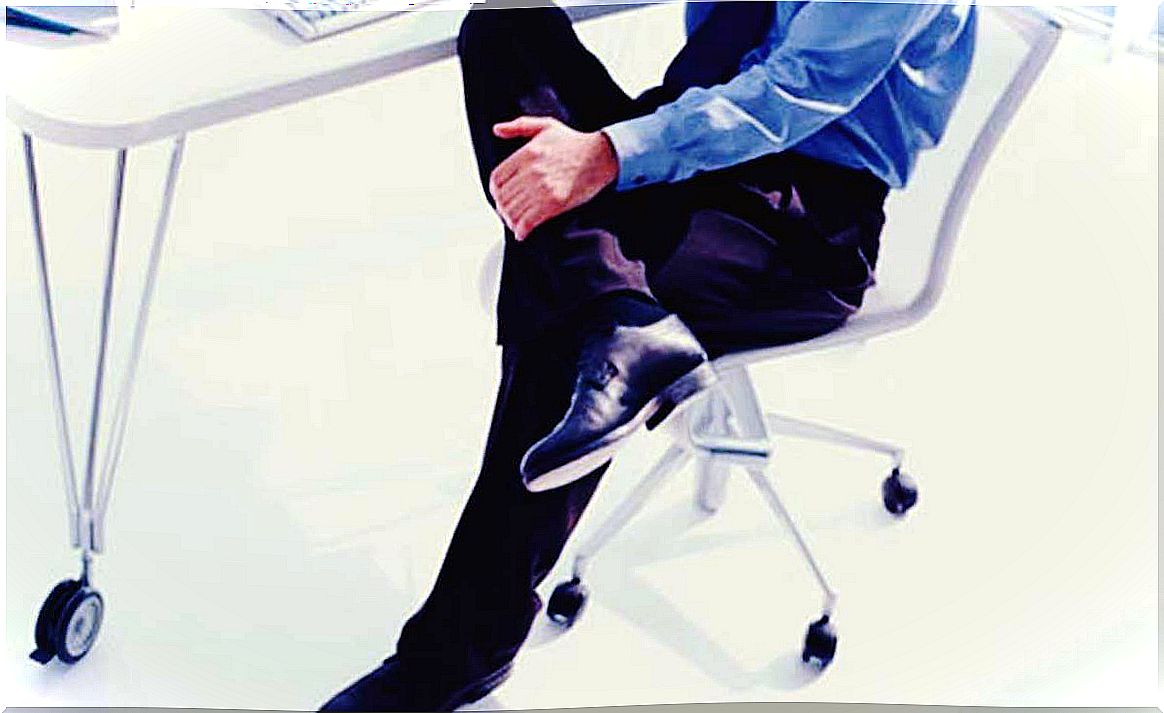
Akathisia: symptoms, origin and treatment
Akathisia is basically a movement disorder that prevents a person from remaining still. It is a much more intense and problematic situation than restless legs syndrome. The reason for this is that it does not focus only on the lower extremities, the need to move affects the whole body. And not being able to do it, despairs.
Therefore, psychological symptoms are integrated because to this physical restlessness is added the emotional one: the anguish due to not being able to be still to work with an adequate posture, neither to drive or lie down to fall asleep. In addition, it is a disorder that affects people of any age; It all depends on the effect that certain drugs have on the body.
There are cases of patients who, when being treated to relieve something as simple as dizziness and vomiting, have found themselves living totally surreal situations. From spending all day with the classic tapping of fingers on surfaces to ending up arguing with the family or losing your job because you can not concentrate or stay in place without moving.
Akathisia symptoms
The area that is responsible for studying this type of alteration is neurology. Although it is true that it is quite common to confuse this disorder with restless legs syndrome, we have already pointed out that its symptoms are much broader. These would be the most common characteristics:
- Need to walk and move.
- Tingling and itching in the legs.
- Swaying the trunk.
- Constant tapping of the fingers.
- Itchy skin
- Stress and anxiety.
- Difficulty sleeping.
- In the most serious cases, panic attacks can appear.
What is the origin?
We have pointed it out at the beginning. The etiology of this movement disorder is the side effect of certain drugs. The origin almost always lies in the treatment of antipsychotic medications and also in antidepressants such as selective serotonin reuptake inhibitors (SSRIs).
Likewise, manifestations have also been seen in medications for the treatment of vomiting and dizziness and it is also common for akathisia to appear in Parkinson’s patients, as a consequence of the dopaminergic treatment itself. However, it should be noted that this side effect does not appear in all patients.
These manifestations are generally seen when the administered doses are high. Thus, it is something that is appreciated in people who take first-generation antipsychotics such as haloperidol and second-generation antipsychotics : such as risperidone .

How is it diagnosed?
In general, when a patient is following a treatment with psychotropic drugs, the medical professional already intuits that these symptoms may be the effect of the drugs. Now, on occasions, it may be the case of people who have an adverse manifestation to the classic antidepressants or even to a pill for dizziness and that it is not known at first glance what the origin may be.
The diagnostic criteria that are usually followed to determine the presence or absence of akathisia are the following:
- Know in advance the patient’s medical history.
- Know when these symptoms started.
- Visual assessment of the person’s movements (generally akathisia is very obvious because it involves constant movement).
- To the motor symptoms, the psychological one is added: high anxiety and stress.
How is this movement disorder treated?
Unlike restless legs syndrome, akathisia has a good prognosis. In fact, it is enough to reduce the dose of that drug or withdraw it completely to opt for another. However, the problem is that certain patients need to maintain their treatment with antispsychotics and in high doses.
In these situations, doctors must assess the possibility of offering another drug with similar properties, which means that it is only a matter of trying different options until finding the one that best suits the needs of the patient.
To conclude, knowing this type of disorders and alterations leads us to an obvious fact. Well-being and health often depend on drug treatments. Nothing can be as dangerous as self-medication. It is vital to always have good medical care and not to neglect the appearance of possible adverse effects.


